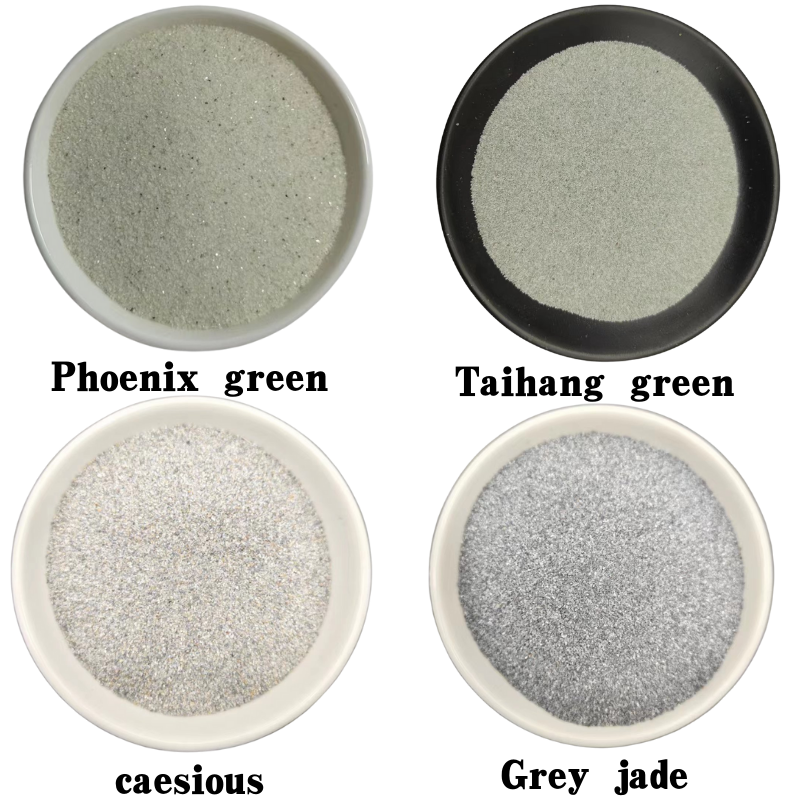
Ideas for Incorporating Cultured Stone into Your Home Design
The Beauty and Versatility of Cultured Stone
In the realm of construction and interior design, materials play a pivotal role in setting the tone and atmosphere of a space. Among the myriad choices available, cultured stone has emerged as a popular alternative to natural stone, offering an exquisite blend of aesthetic appeal, durability, and practicality.
Cultured stone, often referred to as manufactured stone or architectural veneer, is a lightweight material designed to mimic the appearance of natural stone. Made from a mixture of cement, aggregates, and pigments, it is cast into various shapes and sizes to replicate the textures and colors found in traditional stones. The result is a highly versatile material that can be used in both residential and commercial settings, enhancing the visual charm of any project.
One of the primary reasons for the widespread popularity of cultured stone is its aesthetic versatility. It comes in a wide variety of styles, from rustic and old-world charm to sleek and modern finishes. Homeowners and designers can choose from various colors, textures, and patterns, allowing for a tailored approach to each project. Whether one is looking to create a cozy fireplace, an inviting outdoor patio, or a striking accent wall, cultured stone can meet those needs and more. Its ability to replicate the look of natural stone without the hefty price tag makes it an attractive option for many.
Durability is another key advantage of cultured stone. While traditional stone can be prone to cracking and chipping, cultured stone is designed to withstand the elements. It is resistant to fading, moisture, and temperature fluctuations, ensuring that the beauty of a cultured stone installation will last for years. Moreover, it is lighter than natural stone, making it easier to handle and install, which can reduce labor costs significantly.
cultured stone

An often-overlooked benefit of cultured stone is its environmental impact. As sustainability becomes increasingly important in construction and design, using cultured stone can be a more eco-friendly option. Unlike natural stone, which requires extensive quarrying that can disrupt ecosystems, cultured stone is produced using a more controlled process. Many manufacturers also emphasize recycling and sustainable practices in their production processes, further enhancing the environmental benefits.
The installation process of cultured stone is also more straightforward than that of natural stone. It can be applied over a variety of surfaces, including plywood, drywall, and concrete, with relative ease. This adaptability can save time and money during construction or renovation projects. Additionally, cultured stone can be installed in various applications, such as exteriors, interiors, chimneys, and even decorative landscaping, allowing for a seamless integration of the material across different elements of a project.
Despite its many advantages, it is important to note that proper installation and maintenance are crucial for ensuring the longevity of cultured stone. While it is durable, it still requires care, particularly in harsh climates. Regular cleaning and sealing can help maintain its appearance, ensuring that it remains a beautiful feature in any setting.
In conclusion, cultured stone represents a remarkable fusion of beauty, resilience, and sustainability. Its versatility in design, ease of installation, and long-lasting nature make it a compelling choice for both homeowners and builders alike. As the trend towards innovative and eco-friendly materials continues to grow, cultured stone is poised to remain a favorite in the world of design and architecture, allowing individuals to create stunning, personalized spaces that reflect their unique styles and values.
Share
-
Premium Pigment Supplier Custom Solutions & Bulk OrdersNewsMay.30,2025
-
Top China Slag Fly Ash Manufacturer OEM Factory SolutionsNewsMay.30,2025
-
Natural Lava Rock & Pumice for Landscaping Durable Volcanic SolutionsNewsMay.30,2025
-
Custom Micro Silica Fume Powder Manufacturers High-Purity SolutionsNewsMay.29,2025
-
Custom Mica Powder Pigment Manufacturers Vibrant Colors & Bulk OrdersNewsMay.29,2025
-
Custom Micro Silica Fume Powder Manufacturers Premium QualityNewsMay.29,2025






